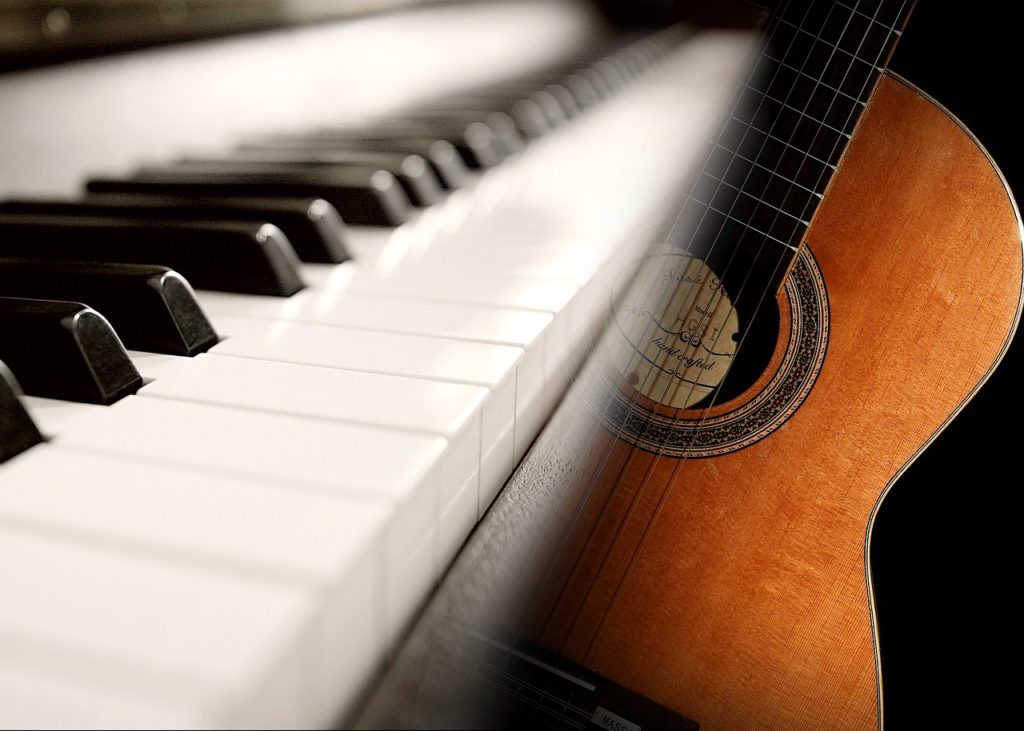So, you play an open string, and it gives you one note. You play the harmonic over the 12th fret, and you get another note. You do the same thing over the 5th and 7th frets, and you get still more notes. However, they don’t relate to the frets at all. You scratch your head, wondering, “How do guitar harmonics work?” Don’t worry, you just need to understand how strings vibrate. Read more to answer the question, how do guitar harmonics work? Estimated reading time 3 minutes.
Read More

